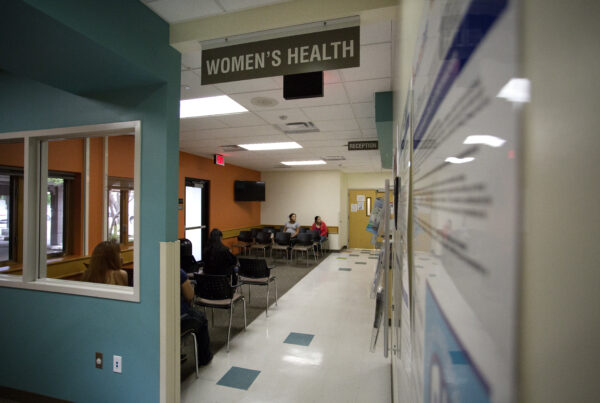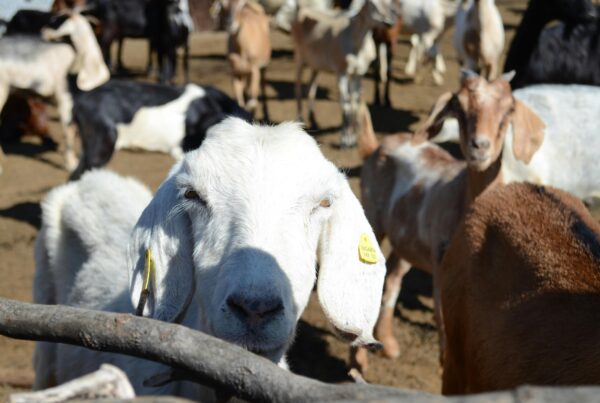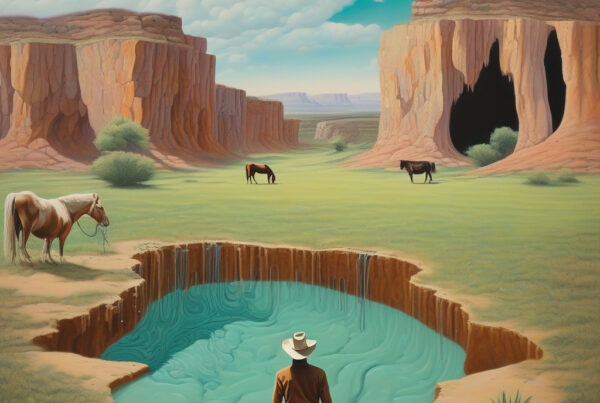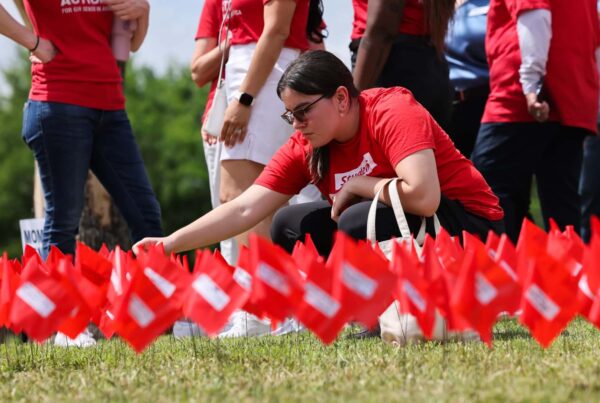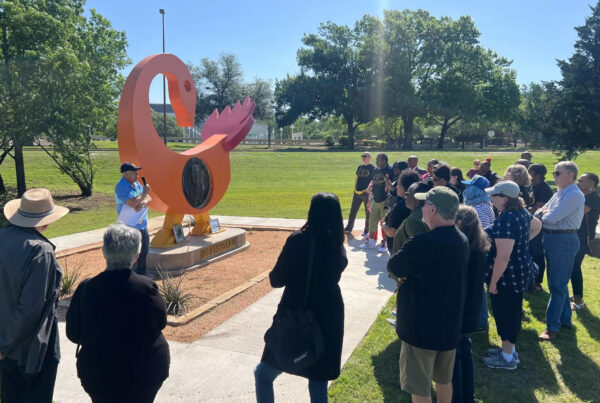U.S. Sen. Ted Cruz and U.S. Rep. Ronny Jackson – both Republicans – are pushing legislation that could help ranchers in the Texas Panhandle who lost livestock during the wildfires earlier this year. The proposed law would offer additional financial aid to ranchers who lost an excessive amount of unborn livestock in a disaster.
This could be a boon to those in the Panhandle, who lost more than 15,000 head of cattle, including pregnant cows.
David Anderson, a professor and extension specialist in livestock and food product marketing at Texas A&M, said this proposal expands a program that is part of the farm bill, called the Livestock Indemnity Program.
“It really provided some disaster funding to ranchers when we’re hit by something like the Panhandle wildfires or a big blizzard in South Dakota a few years ago,” he said. “But the wildfires we just had in the Panhandle happened to hit right there around the first of March. And so for many ranchers, their cows were either about to have a calf or had just had a newborn calf.”
» MORE: Smokehouse Creek wildfire victims line up lawsuits against utility
The program as it is currently structured was not set up to make ranchers whole for the loss of unborn calves, Anderson said.
“We have record high cattle prices right now,” he said. “So you got some help on the value of the cow, but not on this calf that you were going to sell in the fall for a record high amount of money.”
If this measure passes, Anderson said, it would help ranchers who are still recovering from the fires. The payment is based on market price for cattle.
“Lots of things are pretty contentious. But typically in agriculture, that’s where a lot of folks from both sides have tended historically to work together a lot better than maybe some of the other things we hear about,” Anderson said. “I think it’s because we have agriculture in every state, and we all eat. And so over, over the years, we’ve always recognized we have a lot of things in common, and folks tend to work together a little better.”
» MORE: Meet Cinder, the porcupine that became a symbol of hope to the Panhandle
Anderson said another thing that would help ranchers rebuild their operations right now is out of the government’s control: the weather.
“So many people sent hay, sent money, did all kinds of stuff to help folks. And so it was really just people helping each other out,” he said. “I think the other thing we need is really not a government thing, state, local or anybody else – you know, folks could use some rainfall and good weather and allow those grasses to grow and recover.”
Anderson said it could take up to a year for grass to get back to peak grazing conditions.
“I think the more difficult thing is trying to rebuild herds in a time when we have the fewest beef cows in the U.S. since 1961,” he said. “We have really high prices. And so the cost to rebuild is much more than it was, say, following our big drought back in a decade ago.”




